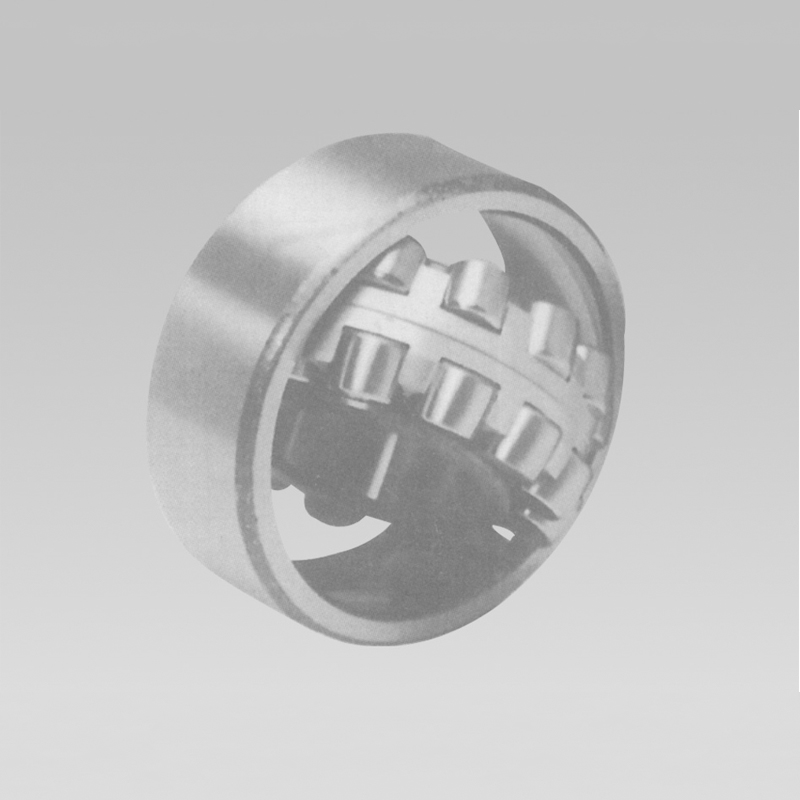
Nov . 25, 2024 23:55 Back to list
Comparison of Spherical Roller Bearings and Ball Bearings for Industrial Applications
Spherical Roller Bearings vs. Ball Bearings A Comparative Analysis
In the world of mechanical engineering, the choice of bearings plays a critical role in the performance and longevity of machinery. Among the various types of bearings available, spherical roller bearings and ball bearings are two widely used options, each with unique characteristics and applications. This article delves into the differences, advantages, and disadvantages of spherical roller bearings and ball bearings, helping you understand which type may be best suited for specific applications.
Basic Definitions
Ball Bearings are one of the most common types of rolling element bearings. They consist of a set of balls that reduce friction between two surfaces in relative motion. The balls are housed in a race and can support both radial and axial loads, although their ability to accommodate axial loads is limited compared to other bearing types.
Spherical Roller Bearings, on the other hand, feature a set of barrel-shaped rollers that are arranged to allow for both radial and axial loads in multiple directions. This design is particularly beneficial in misalignment situations, where the shaft might not perfectly align with the housing due to various operational factors.
Load Capacity and Design
One of the primary differentiators between spherical roller bearings and ball bearings is their load capacity. Spherical roller bearings are designed to handle much heavier loads compared to ball bearings. Due to their robust construction and larger contact area between the rollers and the raceways, they can support heavy radial loads and also accommodate axial loads in both directions. This makes them ideal for heavy machinery, such as construction equipment and wind turbines.
Conversely, ball bearings tend to be lighter and are more suited for applications where the loads are lighter and precision is paramount. Their simple design allows for smoother operation at high speeds, making them the preferred choice in applications like electric motors, household appliances, and automotive components.
Performance in Misalignment Conditions
spherical roller bearing vs ball bearing

Another key advantage of spherical roller bearings is their ability to handle misalignment. In any rotating machinery, misalignment can occur due to wear, thermal expansion, or mounting errors. Spherical roller bearings have a self-aligning feature that allows them to compensate for minor misalignments without causing undue stress or damage. This feature can significantly extend the life of the bearing and reduce maintenance costs.
Ball bearings, on the other hand, are less tolerant of misalignment. Even a small amount of misalignment can result in increased wear and tear, leading to premature failure. Therefore, in applications where precise alignment cannot be guaranteed, spherical roller bearings are often the better choice.
Speed and Temperature Considerations
When it comes to high-speed applications, ball bearings usually have the edge. Their design allows for less friction, which translates into lower heat generation, enabling them to operate efficiently at higher speeds. This makes them suitable for applications like high-speed turbines and precision machining.
Spherical roller bearings, while robust and capable of handling heavy loads, tend to generate more heat at high speeds due to greater rolling resistance. However, advancements in materials and lubricants have improved their performance at higher speeds, making them more versatile than before. Nonetheless, it's essential to carefully evaluate the specific operational conditions to determine the best fit.
Maintenance and Durability
Both bearing types require regular maintenance, but the nature of that maintenance can differ. Spherical roller bearings tend to have longer service life in heavy-load applications and are more forgiving in terms of harsh operating conditions. Conversely, ball bearings may need more frequent monitoring, particularly in high-load or misaligned scenarios.
Conclusion
In summary, the choice between spherical roller bearings and ball bearings ultimately depends on the specific requirements of the application. For heavy loads and conditions where misalignment might be an issue, spherical roller bearings are often the superior choice due to their robustness and load-bearing capacity. On the other hand, for high-speed applications and environments where precision is critical, ball bearings are generally preferred. Understanding the strengths and limitations of both types of bearings is crucial for optimizing machinery performance and ensuring longevity in various engineering applications.
Latest news
-
Spherical Roller Bearings Applications: Heavy Duty, Self-Aligning
NewsAug.30,2025
-
Premium Deep Groove Ball Bearings | High Speed & Reliability
NewsAug.29,2025
-
Durable Scaffolding Clamps - Secure & Reliable Tube Connectors
NewsAug.28,2025
-
Common Failures in Thrust Ball Bearings and Solutions
NewsAug.22,2025
-
How Tapered Roller Bearings Can Take Shock Loads
NewsAug.22,2025
-
Angular Bearings in High-Precision Spindles
NewsAug.22,2025
